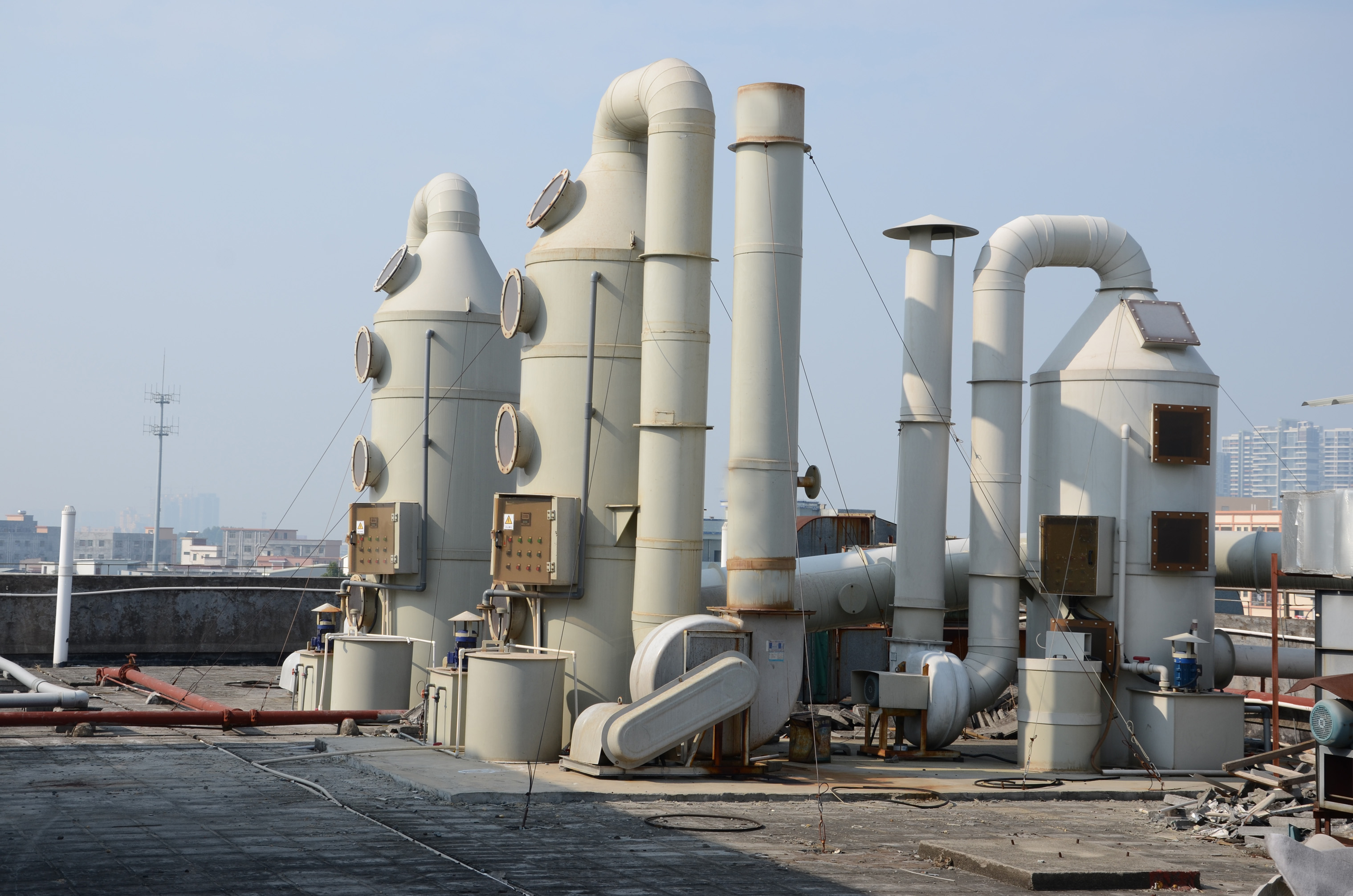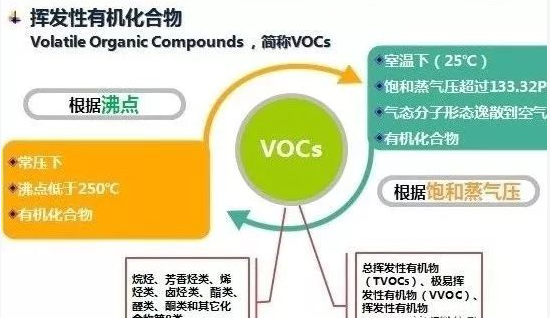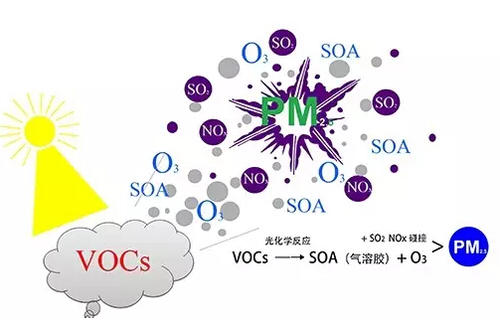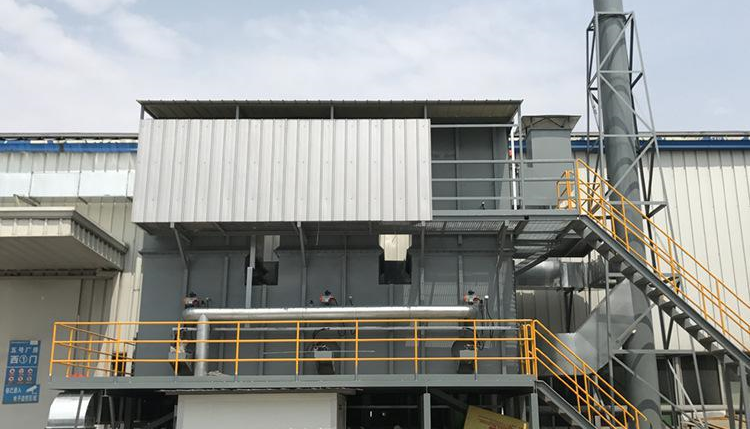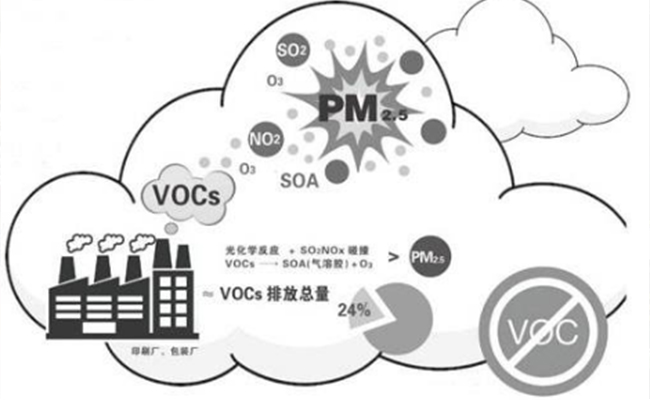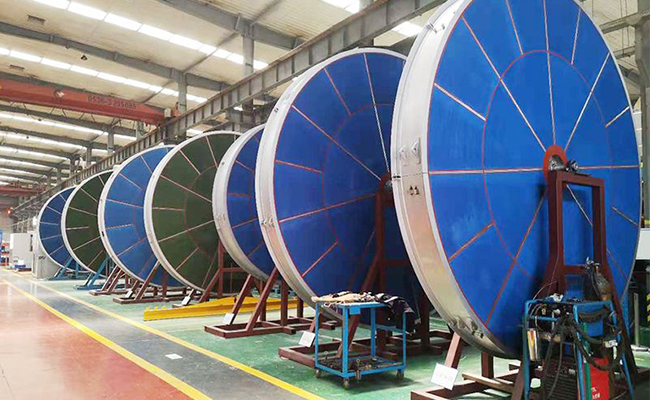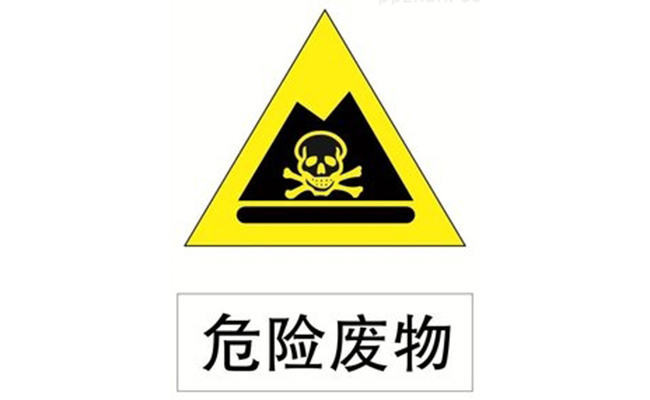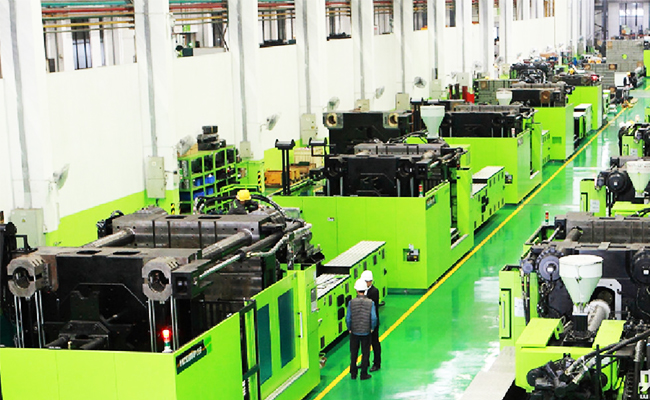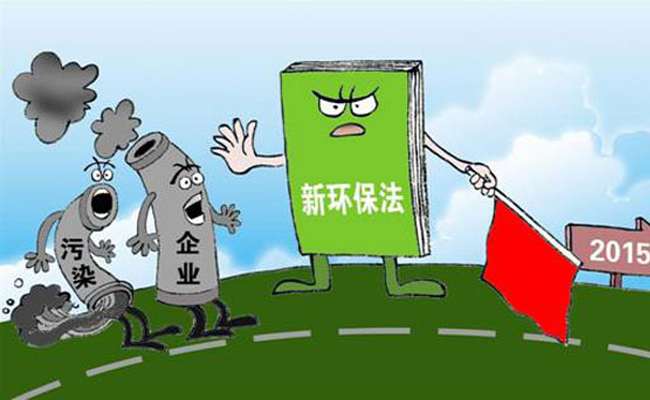
-
Factory Environmental Governance Comprehensive Solution Provider
-
Focus on R & D and manufacturing of VOCs exhaust gas treatment equipment

Focus on R & D and manufacturing of VOCs exhaust gas treatment equipment
1. Physical properties:
Generally speaking, activated carbon mainly adsorbs VOCs through its internally developed pore structure. The larger the specific surface area, the better the adsorption performance. The pores of activated carbon can be subdivided into three types: micropores (<2nm), mesopores (2-50nm) and macropores (> 50nm). These three kinds of pores form the veins of activated carbon similar to human blood vessels. Have a greater impact. Micropores are the core sites where adsorption occurs and are scattered along the mesopores. The number and volume of micropores determine the amount of adsorption. As a key channel for adsorption, mesopores connect micropores and macropores and play a transitional role. The macropores act as a bridge between the inside and outside of the activated carbon.

The study found that for a specific VOCs gas, when the pore diameter of the activated carbon is 1.7 to 3 times the diameter of the VOCs molecule, its adsorption efficiency is the highest. The pore structure of activated carbon can be activated by physical and chemical methods to further adjust the adsorption performance. Reasonable adjustment of temperature, flow rate and other activation process conditions can obtain higher specific surface and micropore and mesopore pore volume. For example, the pore diameter of activated carbon suitable for recycling acetone gas is generally concentrated around 1nm.
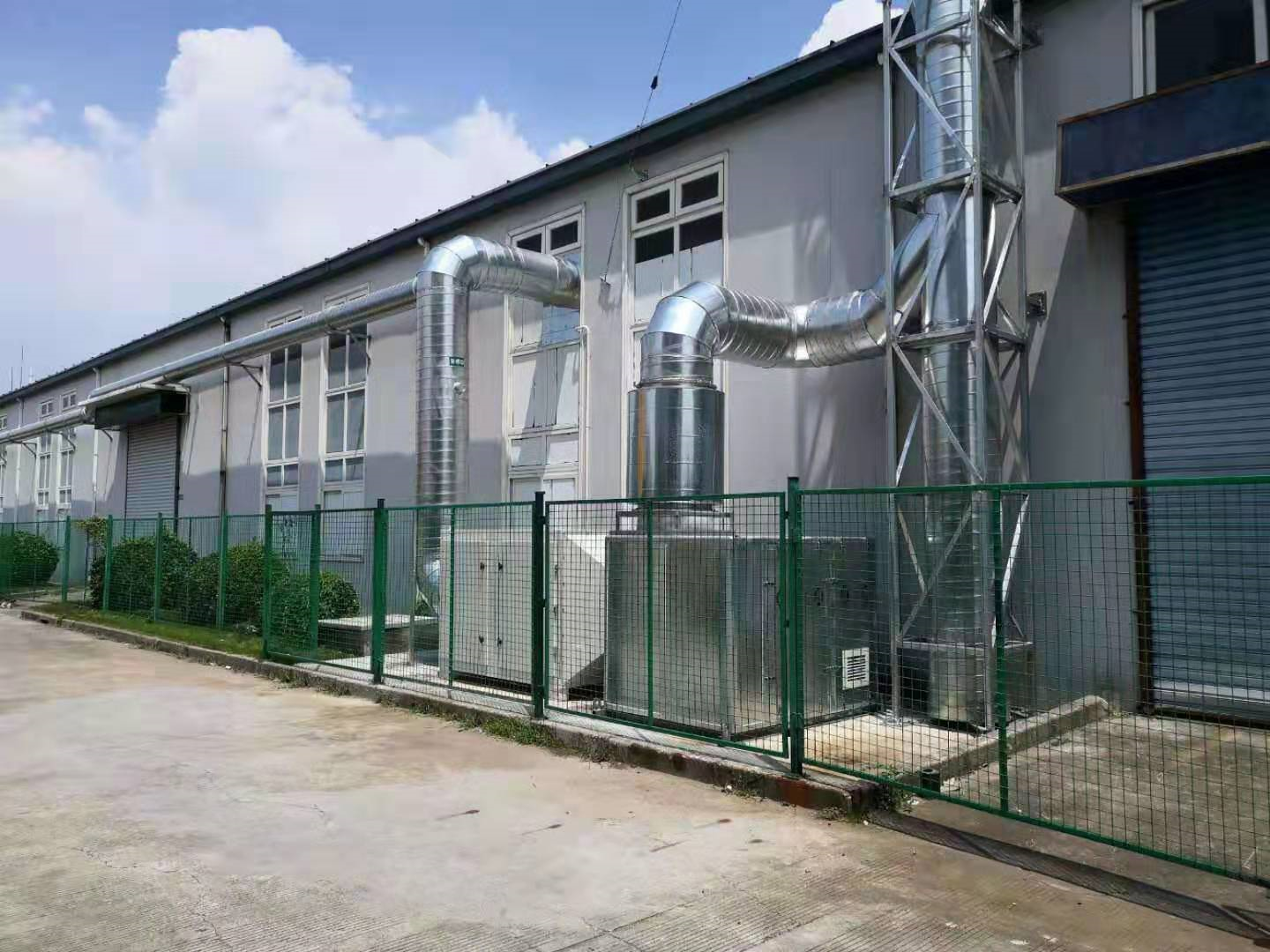
2. In terms of chemical properties:
The surface of activated carbon contains a certain number of functional groups, leading to differences in chemical properties, which in turn affects adsorption performance. In general, increasing the polar nature of the surface of activated carbon can increase the attractiveness to polar substances and vice versa. In addition, by binding metal ions or catalytic oxidants, the binding force with adsorbents can also be improved. Many studies are attempting to modify the surface chemical properties of activated carbon by redox, acid-base, and electrochemical methods to improve the adsorption capacity and selectivity of activated carbon.
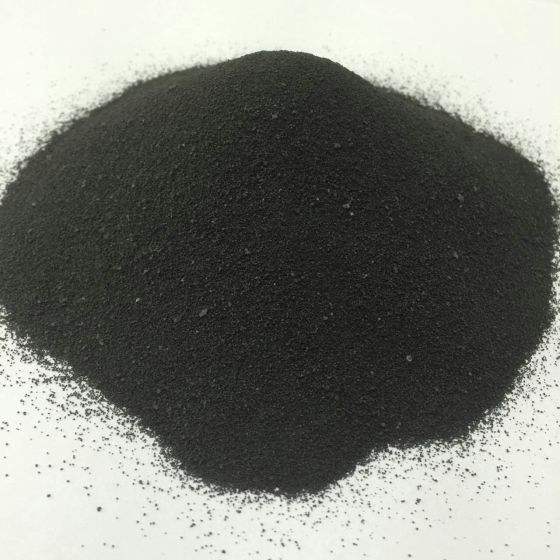
For activated carbon, in terms of industrial VOCs treatment, a reasonable selection needs to be made according to market needs. On the one hand, certain activated carbons such as specific surface area, iodine adsorption value, and methylene blue adsorption value are used to find activated carbon with good adsorption efficiency. In the aspect, we must fully consider the influence of different activation methods and raw materials on the safety and service life of activated carbon. Comprehensive data such as ash, strength, and element content should select activated carbon with high safety factors, stable chemical properties, and low economic costs.
